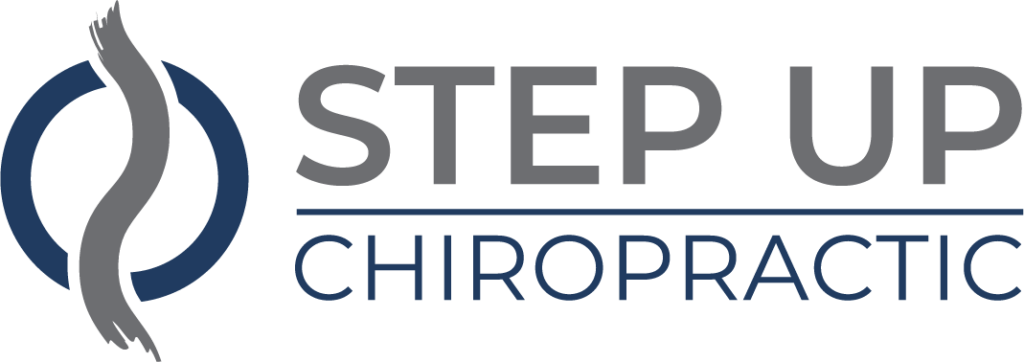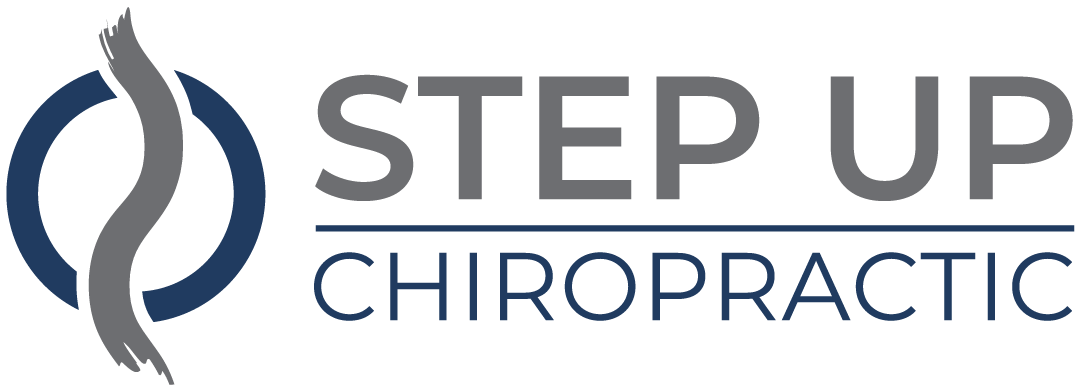As you consider the evolving landscape of fibromyalgia relief in 2025, you'll notice a significant shift towards alternative care methods. Techniques like acupuncture, mindfulness practices, and tailored dietary plans are gaining traction, promising a more holistic approach to symptom management. These innovations not only aim to alleviate physical pain but also focus on emotional well-being. However, the question remains: which specific strategies will prove most effective in your journey towards relief? Exploring these options might just reveal the answers you're seeking.
Mindfulness and Meditation Practices
Practicing mindfulness and meditation can profoundly alleviate the symptoms of fibromyalgia. These techniques can help you manage pain, reduce stress, and improve your overall well-being. Mindfulness involves staying present and fully engaging with your thoughts and feelings without judgment. When you focus on your breath or the sensations in your body, it allows you to step back from the pain and observe it rather than react to it. This shift in perspective can be incredibly empowering.
You might start with just a few minutes each day, finding a quiet space where you can sit comfortably. Close your eyes, take deep breaths, and pay attention to each inhalation and exhalation. As thoughts arise, acknowledge them and gently guide your focus back to your breath. The more you practice, the easier it becomes to maintain this focus, even during challenging moments.
Meditation, on the other hand, can take various forms. Guided meditations, particularly those designed for pain management, can be very beneficial. You can find apps or online videos that lead you through relaxation techniques that specifically address fibromyalgia symptoms. Regularly engaging in these practices can help create a sense of calm, reducing anxiety and enhancing your resilience against pain.
Additionally, incorporating mindfulness into your daily activities—such as eating, walking, or even washing dishes—can further enhance your awareness and help you manage fibromyalgia symptoms more effectively.
With time and commitment, these practices can greatly transform your experience with fibromyalgia.
Acupuncture and Energy Healing
Acupuncture and energy healing offer promising avenues for fibromyalgia relief, often complementing traditional treatments. If you're struggling with chronic pain and fatigue, these alternative therapies might provide the support you need.
Acupuncture involves inserting fine needles into specific points on your body to stimulate energy flow and promote healing. Research suggests that this practice can help reduce pain and improve overall well-being by releasing endorphins and influencing the nervous system.
You might find the process surprisingly relaxing. Many people report experiencing a deep sense of calm during and after sessions. As your body adjusts to the treatment, you may notice a decrease in pain levels and an increase in your energy. It's crucial to work with a licensed acupuncturist who understands fibromyalgia and tailors the treatment to your specific needs.
Energy healing, on the other hand, focuses on balancing the body's energy fields. Techniques like Reiki or Healing Touch can help clear blockages and restore harmony. These methods often promote relaxation and can enhance your body's natural healing processes.
When you engage in energy healing, you might find that stress and tension begin to dissipate, making it easier to manage fibromyalgia symptoms.
Incorporating both acupuncture and energy healing into your self-care routine can provide a holistic approach to managing fibromyalgia. As you explore these therapies, keep an open mind and listen to your body. You may discover new ways to find relief and improve your quality of life.
Dietary Innovations for Relief
When it comes to managing fibromyalgia, dietary innovations can play an important role in reducing symptoms and enhancing overall well-being. You might find that incorporating specific foods into your diet can help alleviate pain and fatigue.
For instance, focusing on an anti-inflammatory diet can be beneficial. This includes whole foods like fruits, vegetables, whole grains, and healthy fats, such as olive oil and avocados. These foods might help reduce inflammation in your body, potentially minimizing fibromyalgia symptoms.
You should also consider increasing your intake of omega-3 fatty acids found in fatty fish like salmon and mackerel. These nutrients can support brain health and may improve mood, which is vital for managing fibromyalgia.
Additionally, staying hydrated is important. Drinking enough water can help your body function effectively and may reduce fatigue.
Experimenting with a gluten-free or low-carb diet could also provide relief for some individuals. Many people with fibromyalgia report improvements after eliminating gluten or reducing carbohydrate intake, but it's important to listen to your body and see what works for you.
Don't forget about portion control and mindful eating. Eating smaller, more frequent meals can help maintain energy levels throughout the day, preventing the fatigue that often accompanies fibromyalgia.
Herbal Remedies and Supplements
Alongside dietary innovations, herbal remedies and supplements can offer additional support in managing fibromyalgia symptoms. Many people find relief through natural products, which may help alleviate pain, fatigue, and other challenges associated with this condition.
One popular option is curcumin, an active compound in turmeric known for its anti-inflammatory properties. You might consider adding curcumin supplements to your routine, as they can potentially reduce pain and improve your overall well-being.
Another herbal remedy worth exploring is ginger, which has been shown to have analgesic effects. You can consume ginger tea or take ginger capsules to help ease discomfort.
Additionally, many individuals report benefits from using peppermint oil. This crucial oil can be applied topically or diffused to relieve tension and promote relaxation.
Moreover, magnesium supplements might be useful if you're dealing with muscle cramps and fatigue. Magnesium plays an important role in muscle function and energy production, so making sure you have adequate levels could greatly improve your symptoms.
You could also look into omega-3 fatty acids, found in fish oil, as they're known for their anti-inflammatory benefits.
Before starting any new herbal remedies or supplements, it's important to consult with your healthcare provider. They can help you navigate potential interactions with other medications and make certain you're making informed choices tailored to your needs.
Exercise and Movement Therapies
Exercise and movement therapies play an essential role in managing fibromyalgia symptoms and improving overall quality of life. Engaging in regular physical activity can help reduce pain, improve flexibility, and boost your mood. It's vital to find an exercise routine that feels comfortable and suits your individual needs.
Start with low-impact activities, like walking, swimming, or cycling. These exercises minimize stress on your joints while still providing significant benefits. Aim for about 30 minutes of moderate activity most days of the week. If that feels overwhelming, break it down into smaller, more manageable sessions. Even short bursts of movement can make a difference.
Incorporating stretching and strengthening exercises is equally important. Gentle yoga or tai chi can enhance flexibility and promote relaxation, which may alleviate tension and pain. Focus on deep breathing and mindfulness during these practices to further enhance your experience.
Listen to your body and adjust your routine as needed. It's normal to experience fluctuations in energy levels and pain, so don't hesitate to modify your activities. Consider working with a physical therapist who understands fibromyalgia; they can help tailor a program that addresses your specific challenges.
Ultimately, consistency is key. By making exercise a regular part of your life, you'll not only manage your fibromyalgia symptoms more effectively but also improve your overall well-being.
Cognitive Behavioral Approaches
Managing fibromyalgia isn't just about physical activity; it's also about addressing the mental and emotional aspects of the condition. Cognitive Behavioral Therapy (CBT) can be a powerful tool in your journey toward relief. This therapeutic approach helps you identify and change negative thought patterns that contribute to your pain and stress levels. By recognizing the link between your thoughts, feelings, and behaviors, you can develop healthier coping strategies.
With CBT, you learn to challenge unhelpful beliefs, like thinking that your pain defines you or that you'll never feel better. Instead, you can focus on more realistic and positive thoughts. For example, reminding yourself that some days are better than others can help reduce feelings of helplessness.
You'll also work on practical skills, such as relaxation techniques and problem-solving strategies, which can empower you to face daily challenges.
In addition to individual therapy, consider engaging in group sessions. Sharing your experiences and hearing from others can foster a sense of connection and reduce isolation. Group settings often provide a supportive environment where you can practice CBT techniques and gain insights from others facing similar struggles.
Ultimately, adopting a cognitive behavioral approach can equip you with the mental tools you need to manage fibromyalgia more effectively. By reframing your thoughts and developing new coping strategies, you can take significant steps toward improving your overall well-being and quality of life.
Community Support and Resources
Finding support within your community can make a significant difference in managing fibromyalgia. Connecting with others who understand your struggles can provide comfort, encouragement, and practical advice. Start by seeking local support groups, whether they're organized through hospitals, wellness centers, or online platforms. These groups often meet regularly, allowing you to share experiences and coping strategies with people who truly get it.
Don't underestimate the power of social media. Online communities can be incredibly supportive, offering a safe space to discuss challenges and triumphs. You'll find forums, Facebook groups, and dedicated websites where members share resources, articles, and even local events related to fibromyalgia care.
Additionally, consider reaching out to local health practitioners who specialize in alternative therapies. Many communities have holistic health practitioners, massage therapists, or acupuncturists who offer services tailored to fibromyalgia patients. They can be valuable resources for both treatment and information about local support options.
You might also want to explore workshops or educational seminars focused on fibromyalgia management. These events can provide not only knowledge but also opportunities to meet others facing similar challenges.
Finally, don't hesitate to lean on friends and family. Educating them about fibromyalgia can foster understanding and lead to a stronger support network.
Conclusion
In 2025, embracing alternative care for fibromyalgia can transform your journey to relief. By incorporating mindfulness practices, acupuncture, tailored diets, and herbal remedies, you'll empower yourself to manage symptoms more effectively. Engaging in movement therapies and cognitive behavioral approaches will enhance your emotional resilience. Don't forget the value of community support—connecting with others can provide encouragement and insight. By exploring these trends, you'll create a thorough strategy that supports your well-being and helps you regain control of your life.




